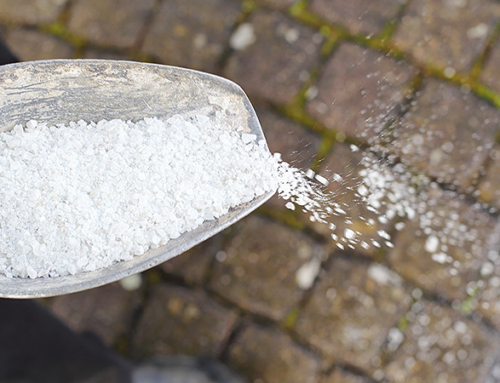What are Hardscapes and How to Start Planning Yours

When transforming your outdoor space, it’s easy to focus on gardens and lawns, but hardscaping can truly elevate your landscape. Hardscaping includes the non-living elements like pathways, patios, retaining walls and decorative features. These structures offer both form and function, while supporting your greenery and improving the use of your space.
If you’re considering adding hardscapes to your landscape, here’s how to get started.
1. Define Your Needs and Style
Start by imagining how you want to use your outdoor space. Do you want a cozy patio, a garden path or a stone wall for privacy? Choose a style like modern, rustic or classic, and make sure your hardscape matches it.
2. Set a budget
Hardscaping can be an investment, so it’s important to establish a budget early on. Costs will vary depending on the materials you choose, the complexity of the design and whether you hire professionals or go the DIY route.
3. Consult with a Professional
While small hardscape projects can be tackled on your own, larger or more complex designs may require the expertise of a landscape designer or contractor. Hiring Detailed Landscape can help you refine your vision, ensure proper installation and offer material and layout suggestions you may not have considered.
4. Assess Your Space
Evaluate your current landscape. Notice the natural contours and where the sun shines throughout the day. Look for spots that could benefit from hardscaping, like a slope needing a retaining wall or a corner ideal for seating. Hardscapes should enhance, not overpower, your landscape.
5. Think About Functionality and Flow
Hardscapes should be both attractive and functional. Design your layout for easy movement. Pathways should be wide for walking and seating areas should be inviting and easy to access. Place hardscapes to guide natural movement through your garden.
6. Plan for Drainage
Drainage is crucial in hardscaping. Hard surfaces can cause water runoff, which may damage your landscape and the hardscapes themselves. To prevent this, include drainage solutions like permeable pavers, slopes or drainage pipes.
7. Choose Your Materials
Choosing the right materials is key in hardscaping. Common options include natural stone, brick, concrete and wood, each with its own look, durability and upkeep. Stone is durable and timeless, while brick gives a traditional feel. It’s important to consider your climate and how much wear and tear your hardscapes will face when deciding.
Hardscaping can turn your outdoor space into a functional and beautiful space. Whether you’re handling a small project yourself or working with us, careful planning will make sure your hardscape enhances your outdoor living for years.





